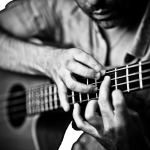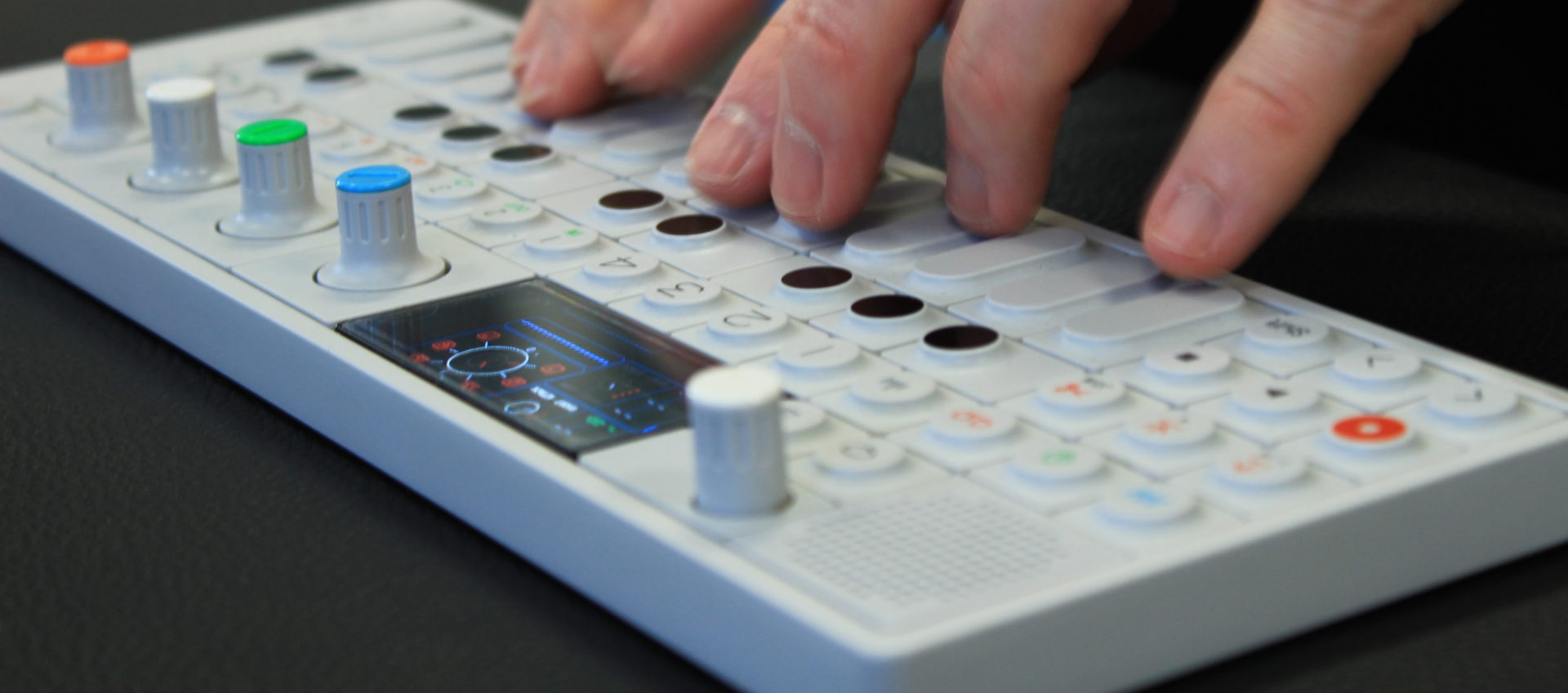I have many projects cooking in my studio, but when it comes down to it my students need to know how to practice! They need the steps, the affirmation, the confidence and then success to keep playing, rehearsing and learning. It doesn’t matter if you play guitar, piano, oboe or nose flute, the principles of goal-centered practice can help with learning, in, and out of ‘practice time.’ This is part two of Practicing Requires Goals, “Practicing Needs Affirmation.”

I love teaching…anything. Guitar, Classrooms, other Teachers (even those not associated with my field of study) and I love it when that light bulb moment occurs. I praise the student (or teacher) for this because most of the time they get it, and start to dream how it can be applied to their situation.
So after my last post on “Practicing Requires Goals,” I set out to ask my students, what they believed practice consisted of. I was both shocked and pleased by their answers and it gave me a new insight into their learning habits. The following results show a) the questions I asked them and b) their responses.
Disclaimer: Don’t think this only applies to home studio lessons, try this out with your classroom students. You will be similarly shocked and pleased by their answers. Contrary to popular belief students today do want to learn, but there are various problems that prevent them from learning. Sometimes it may even be (gulp)…their teacher.
Questions I asked my students
1. Why do you like learning the guitar?
Student responses:
• Like playing it – inspired by Jimmy Page, fun, don’t find it work because it is a pleasure to play songs I listen to, main thing I am good at
• First musical instrument, cool cause portable, relax in spare time, enjoy guitar
• Enjoy making music & the sound of the guitar
2. How often do you practice?
• Once every second day
• Once a week
• Few times a week (not as much as would want to, hard to find time with sport etc)
• Every day for 3 hours
3. How long do you practice?
• 1/2 hour & longer on weekends
• 2/3 hours per day
• 15-20 minutes
4. How do you practice?
• Play with amp in room playing whatever – sit on couch with computer & learn from tabs/videos
• Sit in study, by myself, sit and play. Play songs, techniques, make up little games/patterns (in and of head again, so need to write those down)
• Go through bits of songs but end up mucking around and writing down random compositions/patterns
• Go over hard bits
• Go through each song I’m learning for a few times till I can play it better
5. Do you set yourself goals?
• Sometimes – but not normally
• Not really
• Yes. Work on a page a time goal. Then keep playing
• Not really. Sometimes wake up and learn a song stuck in your head. Sometimes month long goal
6. What do you do when you come to a tricky section?
• Figure it out slowly, memorize it, work on speed, plating it over and over
• Play it over and over
• ‘play through it till it works’ – I asked where they had learnt this and they didn’t know
7. What inspires you to practice?
• Get better, do tricky things, like to play songs I like
• Seeing good players! – They mentioned their teacher but I thought I shouldn’t put that in 🙂
• Jimmy Page, Hendrix, Zappa. Want to make the same music they do
8. Did verbally explaining these answers help you define your ‘practice time’ more clearly?
• Maybe, pretty happy with how I practise
• Yes it did. Need to find more time (realized I didn’t practice properly/enough). Practice journal might help? With stickers!
• Maybe. Like it when you write down goals for practice each week in my book
• Yes. Don’t normally think about what I do when practicing
_______________________________________________________________________________________________
Naturally some of these answers worried me – but there was hope. As I discussed ‘practice’ with my students I was able to formulate plans, incentives and sticker charts to help them! I praised them for contemplating my questions and even more so when they started to rethink the whole concept of ‘practice.’ In the next blog post I will include all the materials I intend to make and what each student thought of them.
In the meantime read up on this blog post by Dr. Noa Kageyama, “How Many Hours a Day Should You Practice?” In this article there are provoking insights into ‘smarter practice,’ in-order to make use of the time you have, to improve your skills on an instrument. Take the following anecdote as an example:
Violinist Nathan Milstein is said to have once asked his teacher Leopold Auer how many hours a day he should be practicing. “If you practice with your fingers, no amount is enough,” was Auer’s response. “If you practice with your head, two hours is plenty.”
I recommend to my students, their parents and readers here, to visit this blog and read through the article at Bullet Proof Musician. You will see how many of the comments above relate to a necessity to rethink the concept of practice and that if I (or you) could affirm the good things our students do in their practice sessions, maybe that could be the foundation for helping them achieve their own goals and potential in learning an instrument.
Images found via Compfight & edited with Acorn image editor
Christophe Verdier http://www.flickr.com/photos/cverdier/
RXAphotos http://www.flickr.com/photos/more-cowbell/

Great post,Samuel! I love the questions you asked your students, and I think I will “borrow” them as a survey, if you don’t mind! They are pretty obvious questions, but I don’t believe I have actually taken the time with all of my students to address these specifically. Sometimes with specific students, but not as a whole. I think the answers will be very enlightening, as yours were. Thanks again, Samuel!